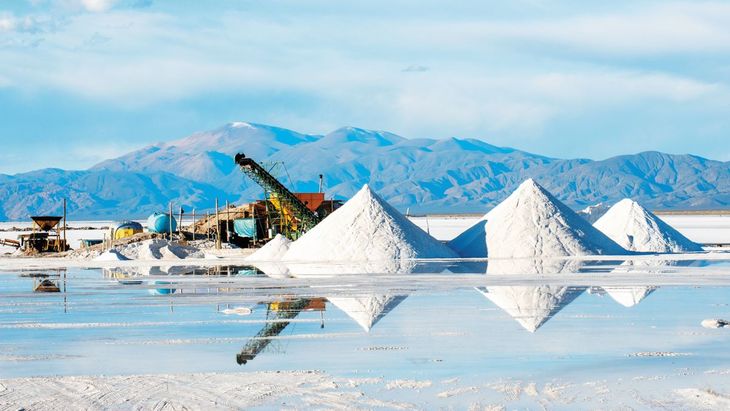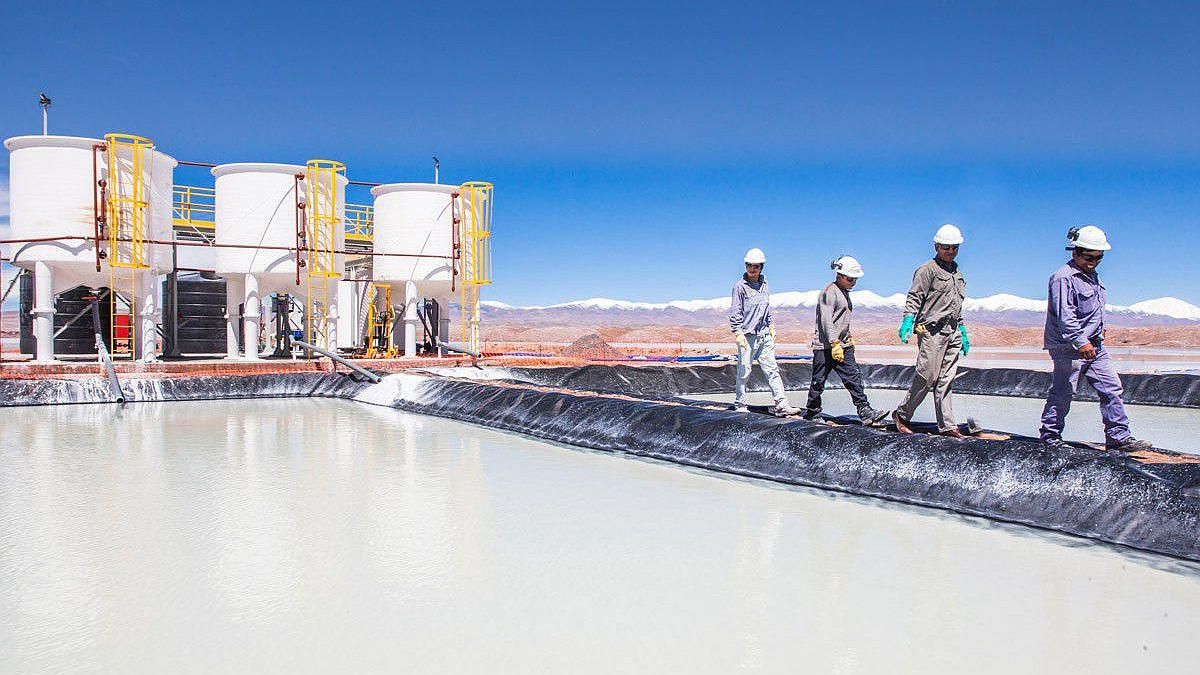The ECLAC, agency dependent on the United Nations Organization (UN)conducted a study on the position of the lithium industry in Argentina, and what are the challenges it must face.
Despite the fact that Latin America and the Caribbean are below their potential to become a key player in the industry, the energy transition -with the advancement of electromobility and clean energy- presents opportunities for countries rich in the mineral used for electric vehicle batteries.
“His current performance is well below that potentialas reflected in the relatively small volume of production of lithium raw materials and compounds and the high level of geographic concentration of said production in Chile and Argentina,” the agency explained.
image.png
ECLAC is responsible for promoting the economic and social development of the Latin American and Caribbean region.
Industry challenges
According to ECLAC, the biggest challenges for the industry are related to initiatives to process it locally in the production of lithium-ion battery cells or their components.
The difficulty for keep up with the rapid growth in demand It is explained by factors such as the chemical characteristics of salt flats and their environment or, in the case of Mexican clays, production processes still in the development stage and have not reached an industrial scale.
It is also an important point essential minerals price for the energy transition, which increased rapidly and at the same time as demand, the disruption of supply chains and expectations of shortages and supply bottlenecks.
“In the case of lithium, the price not only multiplied almost nine timesbut a significant decrease is not observed, as in that of the other minerals”, commented ECLAC.
LID Energy.jpg

Lithium. The pending challenges.
The regional governments They also face challenges related to improving the economic rent capture derived from exploitation as well as in the distribution and use of these “finite incomes” for investment in other forms of capital, he stressed.
Another important factor is the environmentalsince it became necessary to develop practices and technologies to improve efficiency in the use of water and energycarry out comprehensive monitoring of the salt flats, establish sustainable extraction rates and offer compensation mechanisms for the loss of biodiversity or degradation of ecosystems.
Supply and demand in LATAM
The countries of the lithium triangle –Argentina, Bolivia and Chile– they have the 56% of total world reserves, which increases to 60% when considering the rest of the countries in the region. However, at the individual level there is a significant imbalance, since Chile alone accounts for 41% of world reserves and Argentina for almost 10%.
“While the region offers a promising outlook in terms of projects, their share could drop in relative terms. While in 2021 37% of the lithium consumed worldwide came from Latin America, this figure is expected to be at a 32% by 2030“, the agency noted. “The potential benefits offered by lithium mining are commonly presented as a window of opportunitywhich would close in the course of a few years,” the report explained.
The time limitation would be explained by the arrival of alternative technologies (sodium batteries, hydrogen cells), the arrival of new players and recovery from recycled batteries. “Even though you’re threats could materialize, the demand for lithium produced in the region would not disappear, which would also remain among the lowest-cost production sources,” they noted.
In 2021, The world supply of lithium reached levels around 500,000 tons of carbonate equivalent lithium and 96% of the production was concentrated in Australia, Chile, China and Argentina.
Source: Ambito




